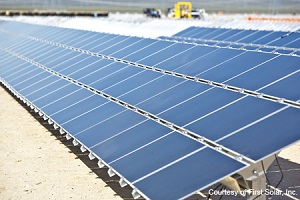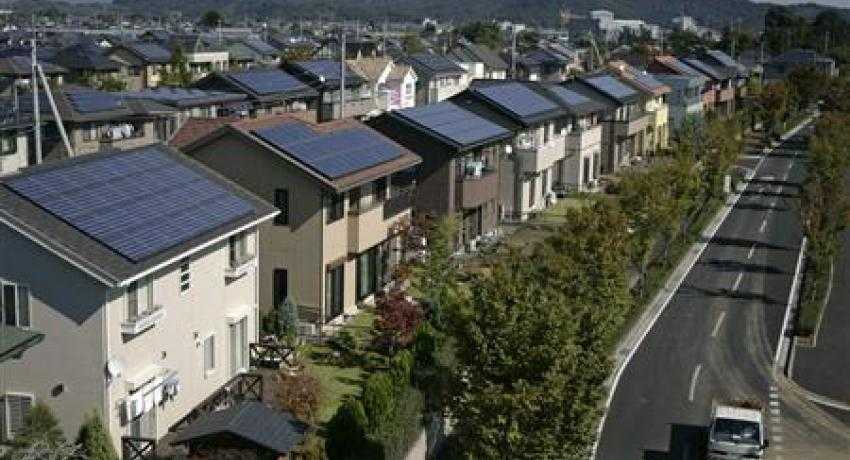Week in Review: Memorial Day 2013
 Memorial Day is a day to remember the fallen heroes and their families across the US. It’s also an unofficial start to the summer barbecue and season when people open their arms to heliolatry, making it a great time to think about solar. And it looks like the industry is ready for the summer season. Solar stocks are starting to go up, signs are increasingly showing that solar is starting to recover from the chronic oversupply that’s plagued it for years. And some new technologies are showing more promise than ever.
Memorial Day is a day to remember the fallen heroes and their families across the US. It’s also an unofficial start to the summer barbecue and season when people open their arms to heliolatry, making it a great time to think about solar. And it looks like the industry is ready for the summer season. Solar stocks are starting to go up, signs are increasingly showing that solar is starting to recover from the chronic oversupply that’s plagued it for years. And some new technologies are showing more promise than ever.
First off—it’s not directly related to solar—but Tesla Motors has repaid its $451.8 million loan from the Department of Energy nine years early. The company, which makes hi-end electric vehicles shows that the DOE’s investments in new technologies can be successful, even though it came under withering criticism for supporting some new solar technologies a few years ago. On the other hand, Tesla is creating a network of PV-charging stations across the US that will offer free, hi-speed EV charging for its vehicles.
An emerging PV technology got a big boost last week when Australia’s science agency, the Commonwealth Scientific and Industrial Research Organisation (CSIRO), got a new, industrial-scale solar printer that will allow researchers to print up to 10 meters of organic photovoltaics per minute. The printer allows low-cost technologies and materials to produce these inexpensive—albeit inefficient PV cells—at a rapid rate and allows the researchers to fine-tune the materials to create more efficient devices in the future. While the cost of manufacturing equipment for silicon PV is expensive—often in millions of dollars—the cost of the printer was about $194,760.
Meanwhile signs that the solar industry is starting to overcome the period of chronic oversupply that’s led to the failure of a number of companies and the sharp price reductions over the past few years is finally starting to turn around. For instance, a new report from Lux Research anticipates that the industry will become a $155 billion market by 2018.
Likewise, stock prices among publicly traded solar companies are starting to rise. For instance, First Solar’s stocks have remained strong since reporting earning and the outlook for it and companies like SunPower is stable. And solar third-party ownership company SolarCity’s stock continues to outperform expectations.
One of the markets that’s driving a lot of growth in solar is Japan. The country drastically revised its energy strategy after the Fukishima disaster in 2011. Now, as it plans to eliminate nuclear energy generation, it could replace up to a quarter of the power derived from nuclear power with rooftop PV.




